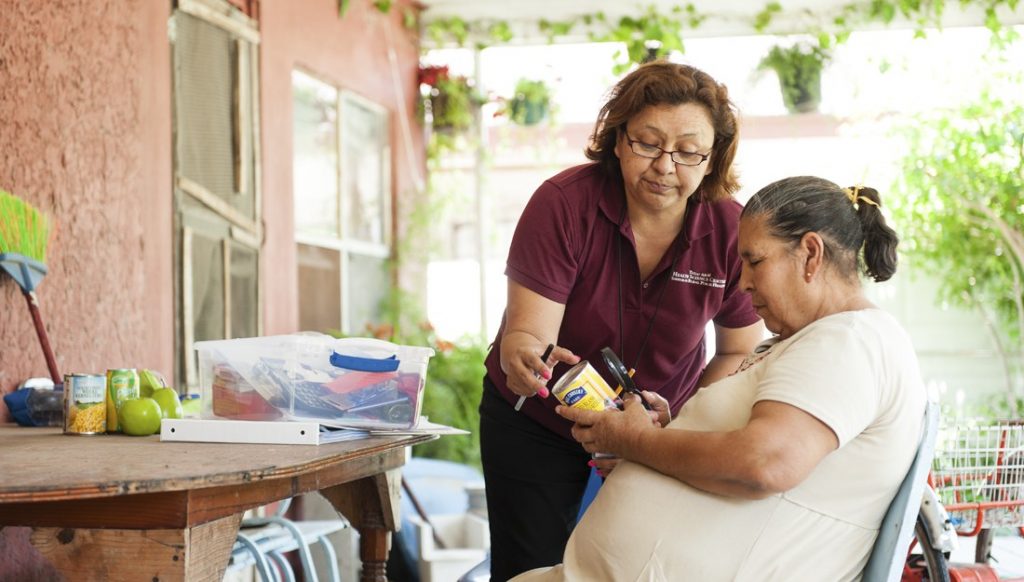Study looks at type 2 diabetes factors in older Hispanics near border

Image: School of Public Health
In a new study of overweight and obese older Hispanics with type 2 diabetes in the Texas-Mexico border region, two-thirds of respondents reported having never received diabetes education, Texas A&M University researchers say.
The result shows a need to better target diabetes education materials for older Hispanics, the researchers say.
The study led Nelda Mier, an associate professor at the Texas A&M School of Public Health’s McAllen campus, also found:
* Married males who had a high school education and received some form of diabetes education reported the highest levels of exercise.
* Respondents who had taken diabetes-education courses and had a more supportive family environment reported having healthier eating habits.
The study, published in the journal Sage Open, examined healthy eating and exercise habits and characteristics such as sex, marital status, family support and education using survey questions and demographic data from a 2008 cross-sectional study in Hidalgo County, Texas, which is 84 percent Hispanic and one of the poorest counties in the United States.
The researchers surveyed overweight and obese older Hispanics with type 2 diabetes, asking how many days during the past week they had followed a healthy eating plan, eaten five or more servings of fruits and vegetables and participated in at least 30 minutes of physical activity. The responses were broken out by three age groups (60–64, 65–74, and 75 and older), gender, marital status, education level, and being overweight or obese.
Hispanic people older than 60 are a rapidly growing demographic group that is disproportionately affected by type 2 diabetes and the factors that drive its development. However, despite a clear understanding of how diet, exercise and other lifestyle factors matter when controlling diabetes, there is a shortage of research on self-care behaviors in this group, which is projected to make up more than 20 percent of the U.S. population by 2060.

